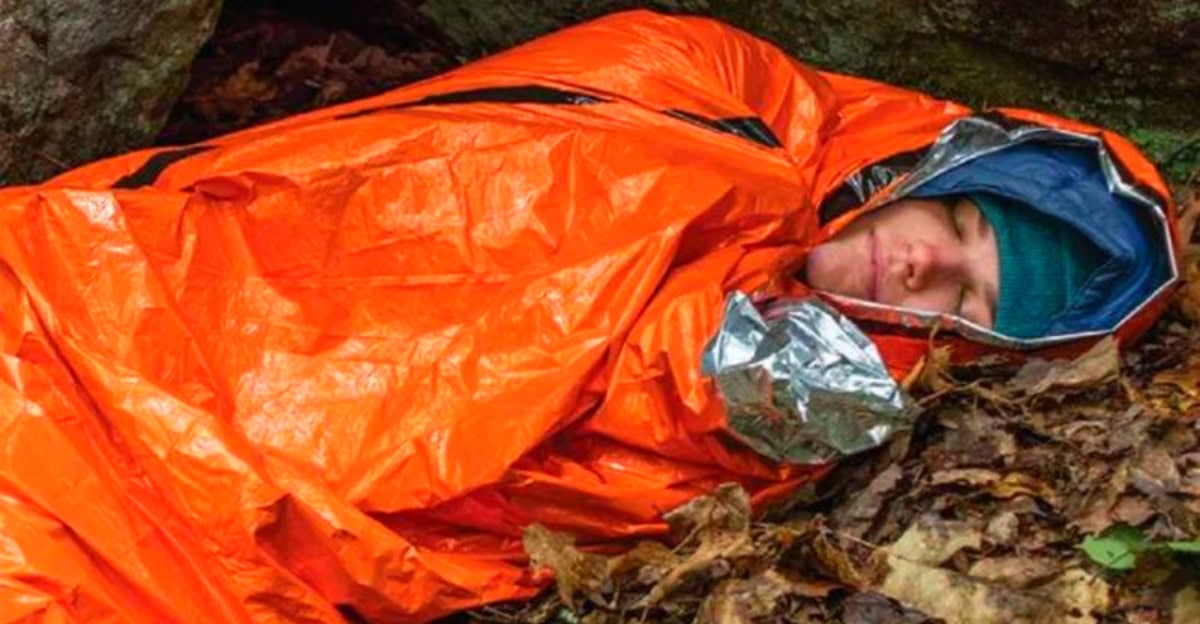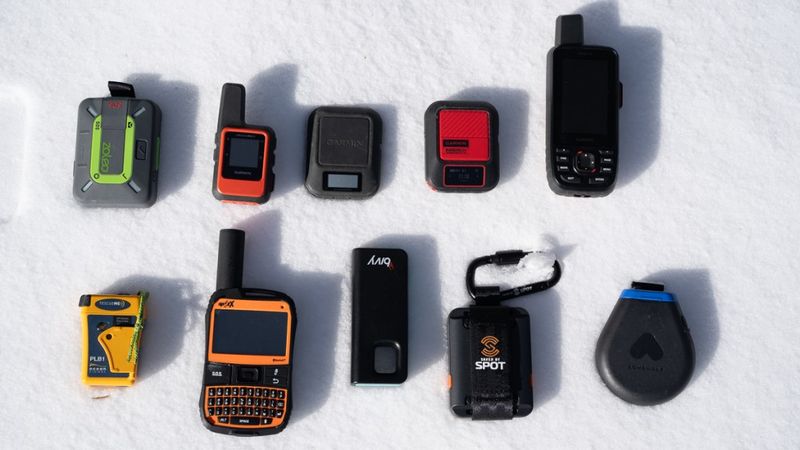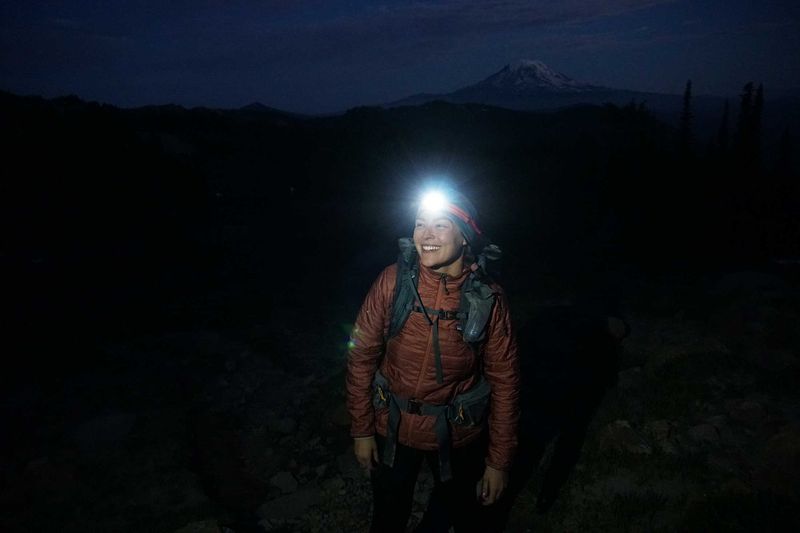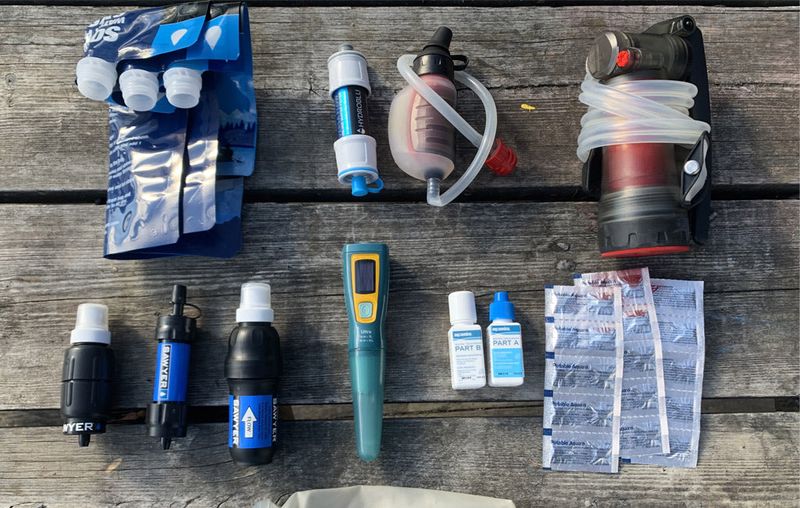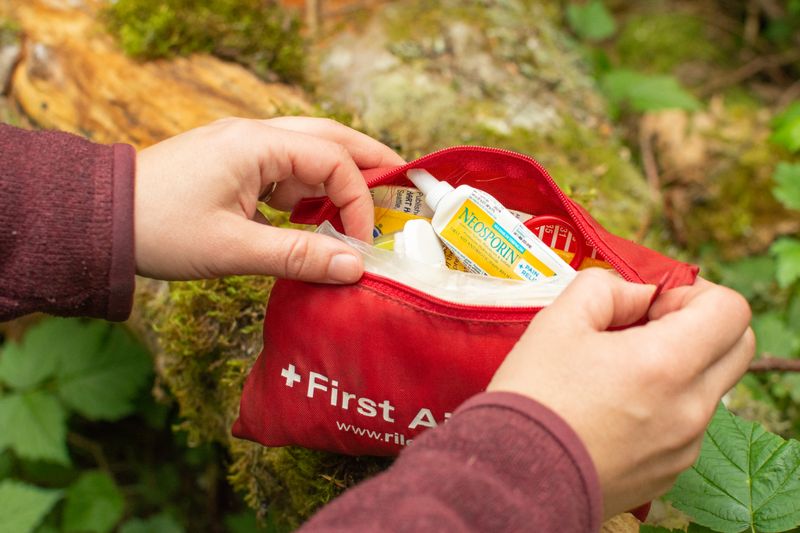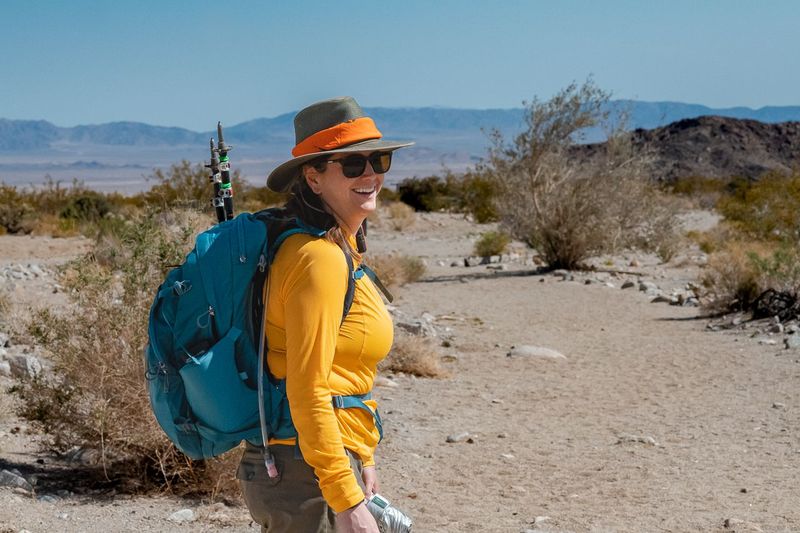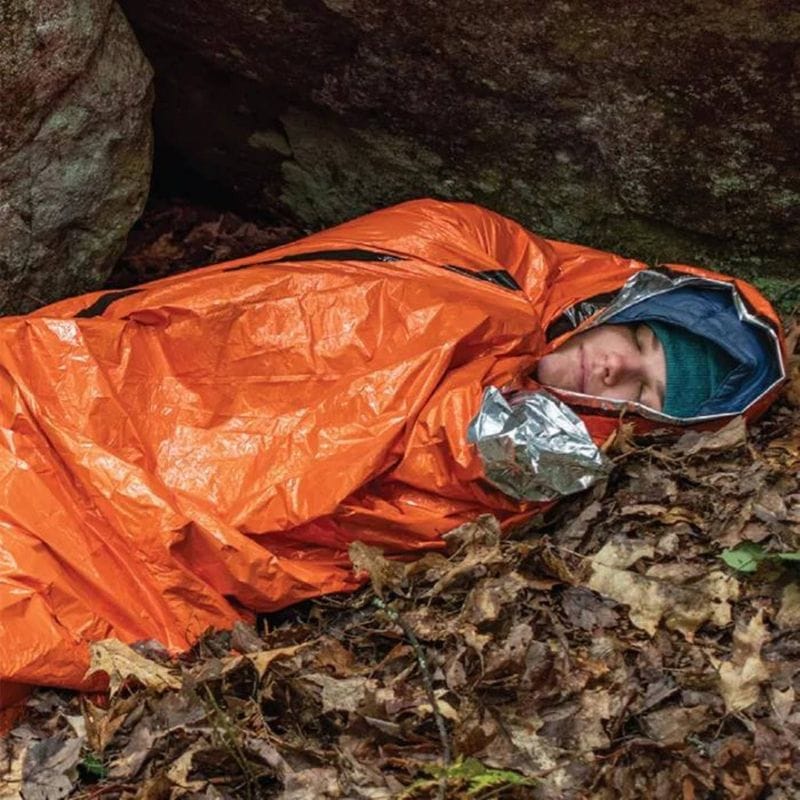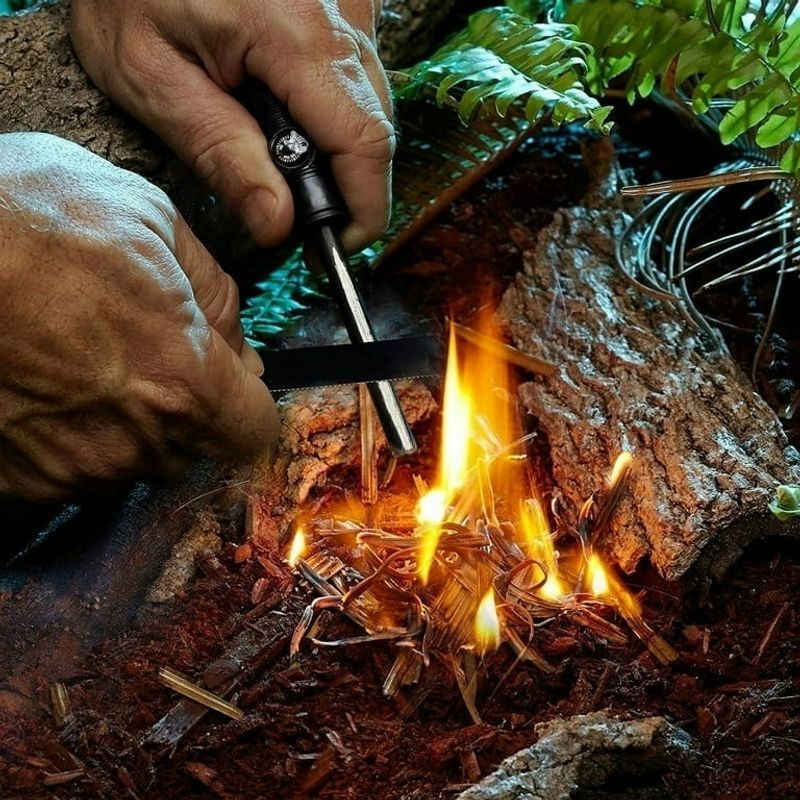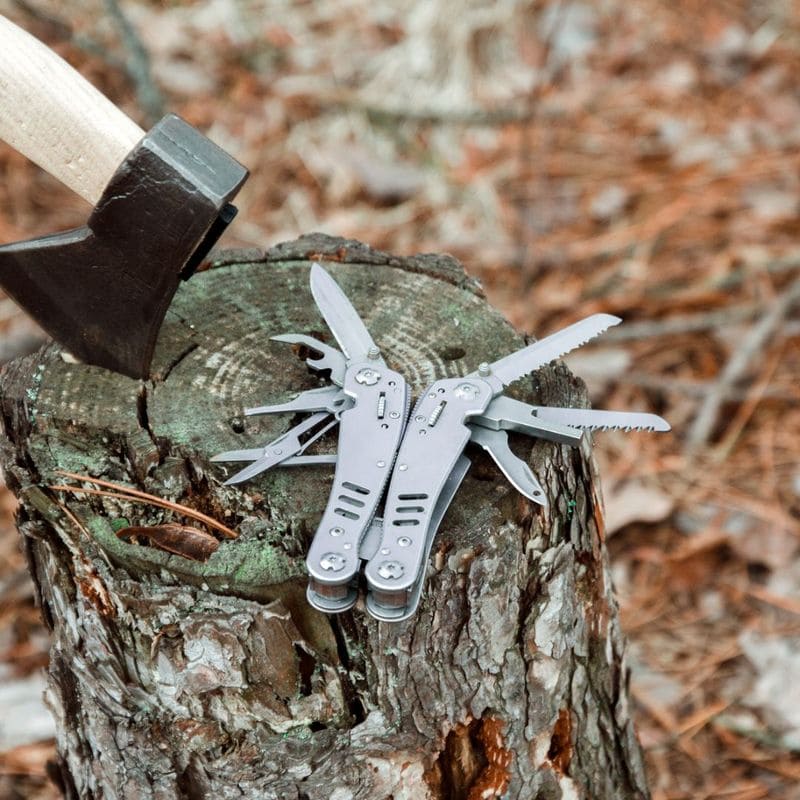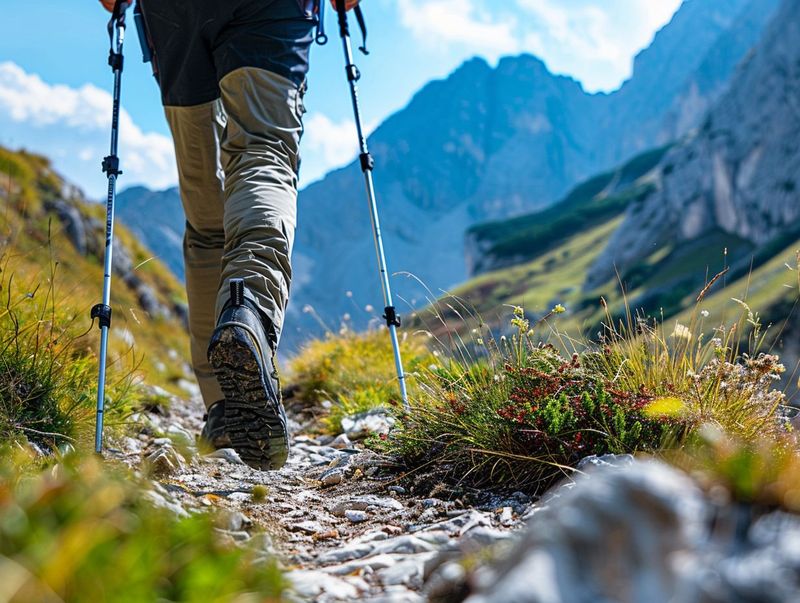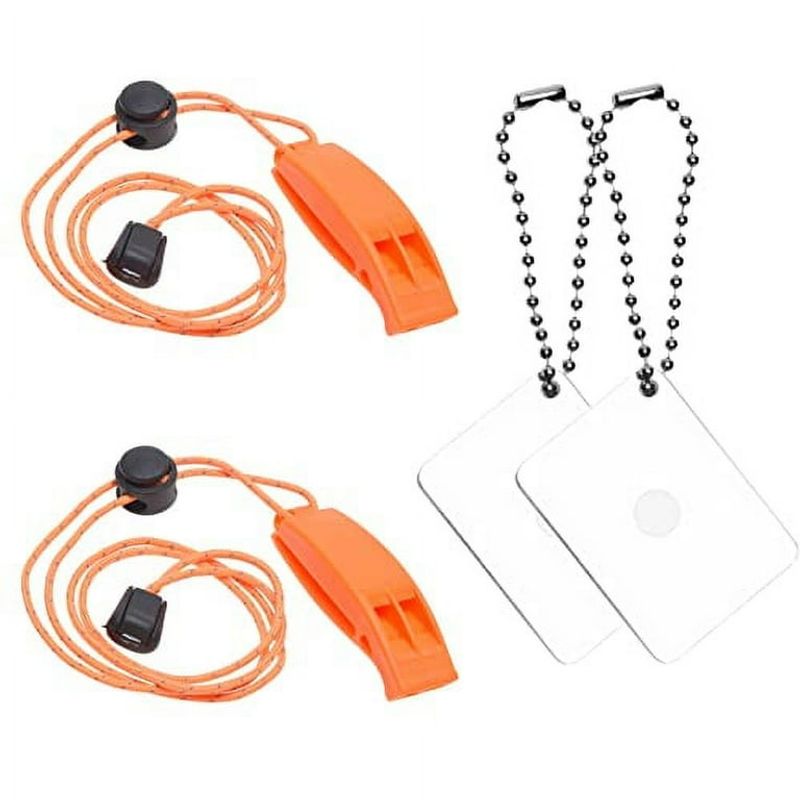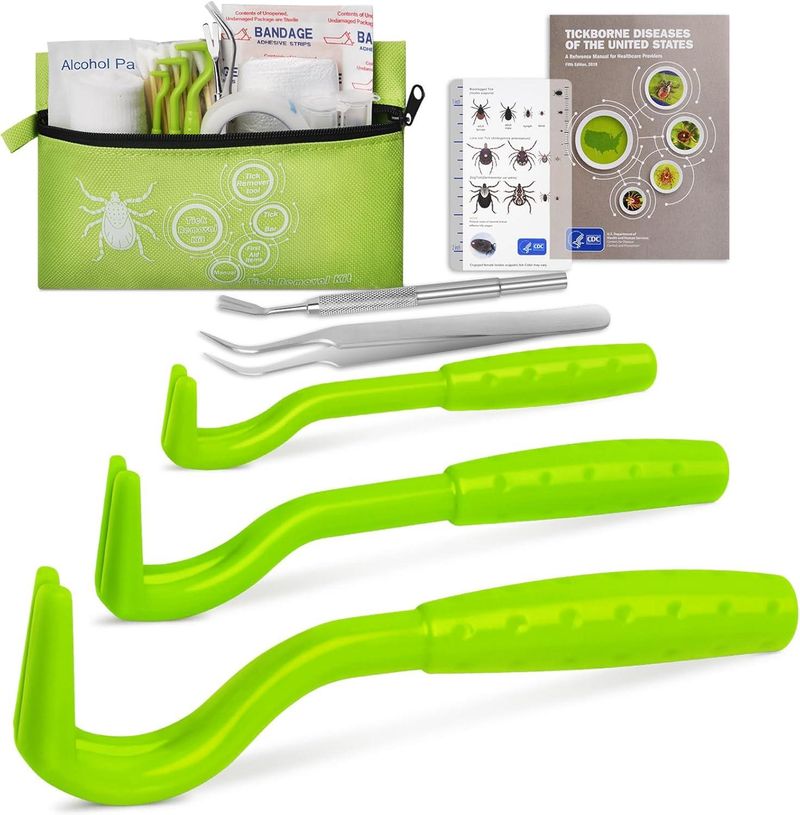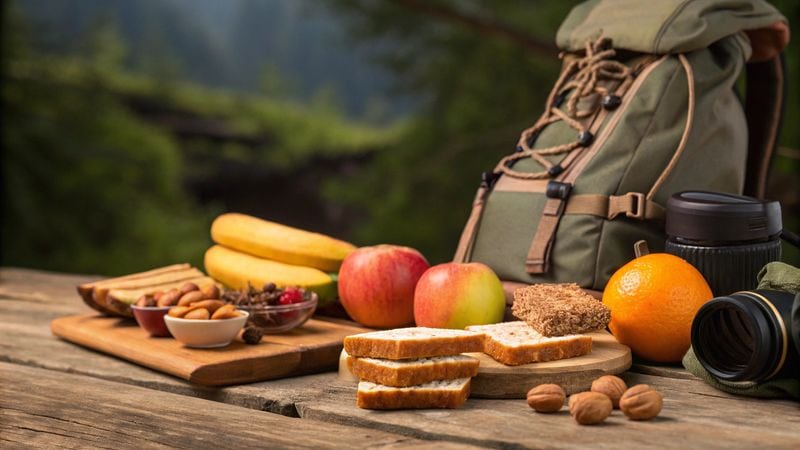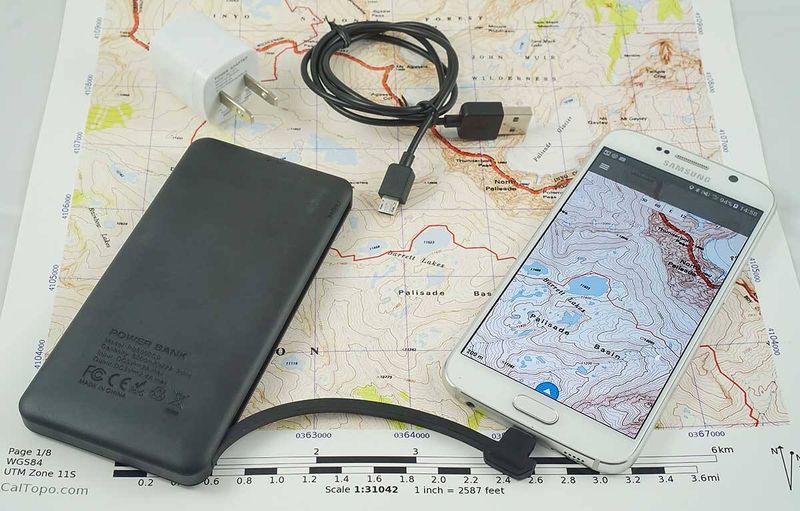Getting caught unprepared on a hiking trail can turn an amazing adventure into a scary situation fast. Smart hikers know that carrying the right tools makes the difference between a minor hiccup and a major emergency. Whether you’re planning a short day hike or a multi-day backpacking trip, having these essential items in your pack could literally save your life when things go wrong.
1. Paper Topo Map and Baseplate Compass
Technology fails when you need it most. Your GPS device might run out of battery power, or thick forest canopy could block satellite signals completely.
A traditional paper topographic map paired with a simple baseplate compass never needs charging and works anywhere on Earth. Learning basic navigation skills with these tools takes practice, but they’re your most reliable backup when electronics quit working.
Keep your map dry and readable by storing it inside a small zip-lock bag. This simple trick prevents rain, sweat, or river crossings from destroying your most important navigation tool during an emergency situation.
2. Satellite Communicator or Personal Locator Beacon
Cell phone towers don’t exist in remote wilderness areas where serious hikers love to explore. When you’re miles from civilization and something goes terribly wrong, a satellite communicator becomes your lifeline to rescue teams.
Two-way satellite messengers let you send and receive text messages anywhere on the planet, though they require monthly subscription fees. Personal Locator Beacons cost more upfront but have no monthly charges and connect directly to government rescue satellites.
Both devices can pinpoint your exact location and alert search and rescue teams when you press the emergency button during life-threatening situations.
3. Headlamp with Extra Batteries
Darkness falls faster than most hikers expect, especially in dense forests or deep canyons. Your phone’s flashlight drains battery quickly and ties up one hand that you need for balance and safety.
A quality headlamp keeps both hands free for climbing over rocks, setting up emergency shelter, or treating injuries in low-light conditions. The focused beam illuminates exactly where you’re looking without requiring you to aim a handheld light.
Always pack spare batteries in a separate compartment. Dead batteries turn your reliable headlamp into useless weight, potentially leaving you stranded in dangerous darkness when you most need illumination.
4. Water Treatment System You’ll Actually Use
Dehydration kills faster than most other wilderness dangers, but drinking contaminated water from streams or lakes can make you violently sick. Smart hikers carry reliable water treatment methods that match their hiking style and water sources.
Squeeze filters work great for clear mountain streams, while purification tablets handle murky water that would clog mechanical filters. UV sterilizers kill viruses that filters miss but need clear water to work effectively.
Many experienced backpackers combine a lightweight squeeze filter with backup purification tablets. This two-layer approach handles almost any water source you’ll encounter on wilderness trails safely.
5. First Aid Kit Plus Paper Tape for Blisters
Minor injuries become major problems when you’re hours from medical help. Building a compact first-aid kit with supplies you know how to use properly can prevent small cuts or sprains from ending your trip early.
Include basic items like bandages, antiseptic wipes, pain medication, and blister treatment supplies for common trail injuries. Learn how to use everything in your kit before you need it in an emergency situation.
Inexpensive surgical paper tape prevents hot spots from becoming painful blisters better than expensive athletic tapes. Research shows it reduces blister formation by nearly 40 percent while being gentler on sensitive skin than aggressive adhesive products.
6. Sun Protection Hat, Sunglasses, and SPF
Mountain sun reflects off snow, rock, and water with intense brightness that can damage your eyes and skin permanently. High altitude increases UV exposure significantly, even on cloudy days that seem safe.
Wide-brimmed hats shade your face and neck from harmful rays while reducing glare that causes eye strain and headaches. Quality sunglasses protect your vision from UV damage and help you see trail obstacles more clearly.
Apply broad-spectrum sunscreen with SPF 30 or higher to all exposed skin, reapplying every two hours during long hikes. Severe sunburn can cause dehydration, fever, and heat exhaustion that turn enjoyable outdoor adventures into medical emergencies requiring immediate evacuation.
7. Extra Insulation and Emergency Shelter
Weather changes rapidly in mountains and exposed areas where most hiking trails wind through challenging terrain. Temperature can drop 30 degrees when storm clouds roll in, turning a warm sunny day into a hypothermia risk.
Pack an extra insulating layer like a down jacket or fleece pullover, even for short day hikes in seemingly stable weather. Your body loses heat quickly when you stop moving or get wet from rain.
Emergency bivvy sacks, space blankets, or lightweight tarps provide crucial wind and rain protection when you need shelter immediately. These compact items weigh almost nothing but can save your life if you get caught in sudden severe weather conditions.
8. Rain Shell and Pack Liner Bag
Getting soaked in cold rain can lead to hypothermia even in summer temperatures. A lightweight waterproof shell jacket keeps you warm and dry enough to continue hiking safely to shelter or your vehicle.
Waterproof pack covers often fail when you need them most, letting rain soak your extra clothes and sleeping gear. Heavy-duty trash compactor bags work better as pack liners, keeping crucial items completely dry inside your backpack.
This simple trash bag trick costs under two dollars and weighs almost nothing, but it protects expensive gear and potentially life-saving insulation from getting wet. Dry clothes can mean the difference between comfort and emergency evacuation during unexpected storms.
9. Fire Starting Kit with Multiple Methods
Fire provides warmth, light, and a visible signal for rescue teams when you’re stuck overnight unexpectedly. Hypothermia can set in quickly after dark, especially if you’re wet, tired, or inadequately clothed for dropping temperatures.
Carry multiple ignition sources because single methods fail when you need them most. Pack a reliable lighter, waterproof storm matches, and some dry tinder material like birch bark or fire starter cubes.
Check local fire restrictions and regulations before lighting any fires in wilderness areas. Some parks prohibit open flames during dry seasons, but emergency situations may require breaking normal rules to survive dangerous conditions safely.
10. Multi-tool and Repair Kit
Broken gear can end your hike early or create dangerous situations when critical equipment fails unexpectedly. A small knife or multi-tool handles dozens of repair jobs and utility tasks that arise during outdoor adventures.
Pack a few strips of high-quality duct tape wrapped around your trekking poles or water bottle. This versatile repair material fixes torn clothing, broken pack straps, leaking water bottles, and countless other gear failures that happen on trails.
Small problems become big emergencies when you can’t fix them quickly. Spending five minutes patching a torn rain jacket or broken boot sole can prevent hypothermia or serious injury that requires expensive helicopter evacuation from remote locations.
11. Adjustable Trekking Poles
Your knees and ankles take tremendous impact during long descents on rocky or steep terrain. Trekking poles act like shock absorbers, reducing stress on leg joints by up to 25 percent according to biomechanical research studies.
Poles improve stability when crossing streams, navigating loose rocks, or hiking in snow and ice conditions where slipping could cause serious falls. They also help maintain rhythm and balance during long uphill climbs that tire your legs.
Quality adjustable poles collapse small enough to strap onto your pack when not needed. Many experienced hikers consider them essential safety equipment rather than optional comfort items, especially for challenging terrain or heavy pack loads that stress joints.
12. Emergency Whistle and Signal Mirror
Three sharp whistle blasts is the international distress signal recognized by search and rescue teams worldwide. Sound carries much farther than your voice and requires less energy when you’re injured or exhausted from being lost.
A small signal mirror can flash reflected sunlight visible for miles to aircraft or distant rescue teams. These lightweight signaling tools work when cell phones have no service and satellite devices have dead batteries.
Many national parks specifically recommend carrying both items because they’re proven effective for attracting help during emergencies. Practice using your signal mirror before you need it – aiming reflected light accurately takes skill that must be learned beforehand to work under stress.
13. Insect Protection and Fine Tweezers
Biting insects carry serious diseases in many hiking areas, from Lyme disease transmitted by tiny ticks to West Nile virus spread by mosquitoes. Effective repellent prevents bites that could make you sick weeks later.
Check your body carefully for attached ticks after hiking through brushy areas or tall grass where they wait for passing hosts. Early removal within 24 hours greatly reduces disease transmission risk from infected ticks.
Use fine-tipped tweezers to remove attached ticks with steady, straight pulling motion. Don’t burn, twist, or apply oils to ticks – these methods can cause them to inject more bacteria into your bloodstream, increasing infection chances significantly.
14. Extra Food and Hydration Planning
Your body burns far more calories hiking than during normal daily activities, especially when carrying a heavy pack over challenging terrain. Running out of food can lead to dangerous low blood sugar, poor decision-making, and inability to generate body heat.
Pack at least 25 percent more food than you think you’ll need for your planned trip length. Emergency situations often extend hiking time significantly when you get lost, injured, or trapped by weather conditions.
Plan your water strategy carefully by identifying reliable sources along your route and carrying appropriate treatment methods. In hot weather, drink small amounts regularly rather than waiting until you feel thirsty – dehydration impairs judgment and physical performance when you need them most.
15. Smartphone with Offline Maps and Power Bank
Modern smartphones contain incredibly powerful GPS receivers and mapping software that work even without cell service. Download detailed topographic maps of your hiking area before leaving home, then use airplane mode to conserve battery power.
A compact power bank extends your phone’s battery life for navigation and emergency calls when you finally reach areas with cell tower coverage. Choose power banks designed for outdoor use that resist moisture and temperature extremes.
Don’t rely solely on your phone for navigation – electronics fail when you need them most. Use your smartphone as one tool among many, backing up its capabilities with traditional map and compass skills that work regardless of battery life or technical problems.
